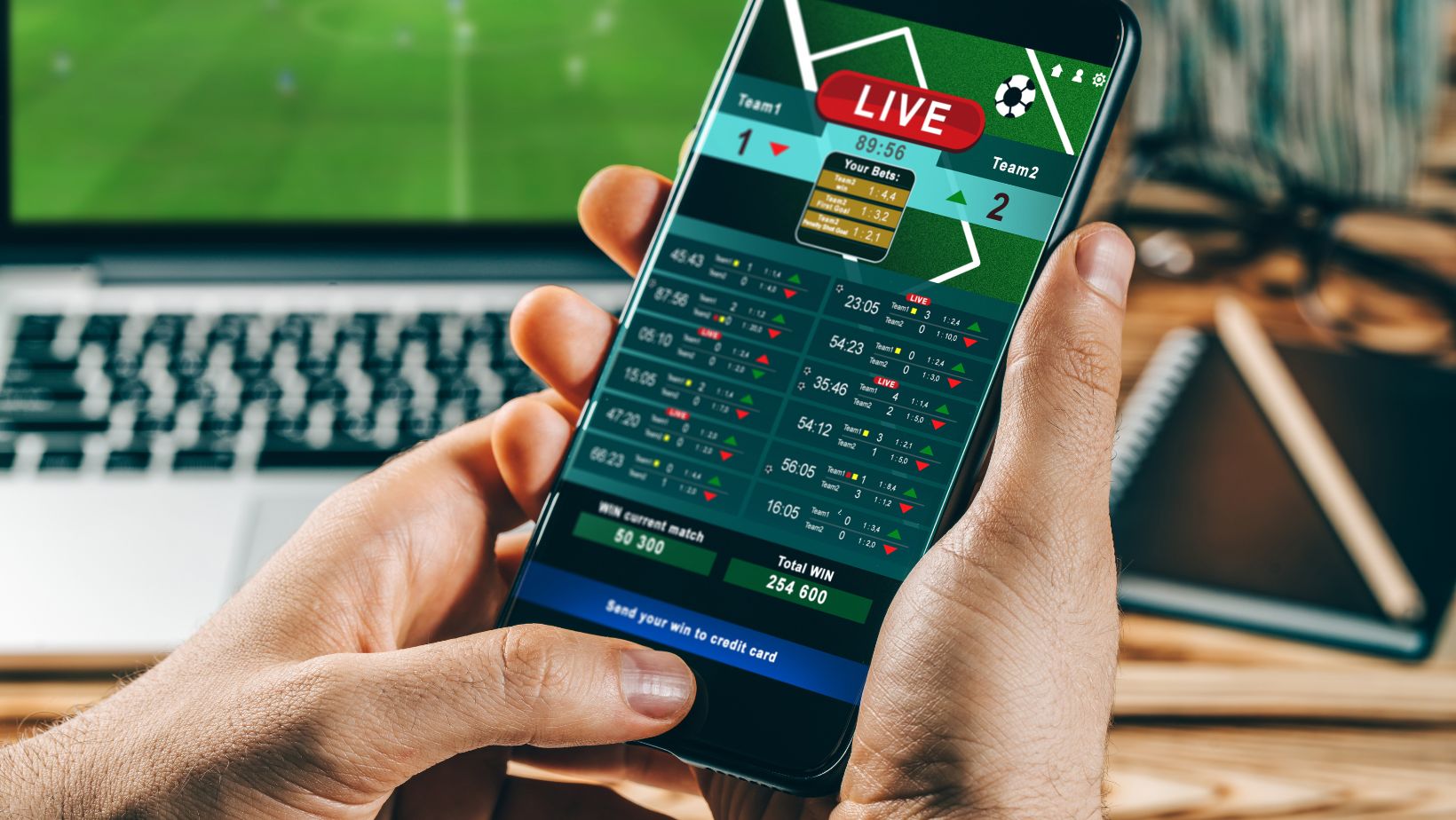The cacophony of the crowd fades as the referee’s whistle cuts across the air, demanding a timeout. For most spectators, it is but an interlude—a brief respite to grab a sip or text message. But beneath the façade of these supposedly innocuous interruptions lies a highly developed pas de deux of probability adjustment, in which bookmakers and shrewd bettors engage in a silent struggle with their minds. Timeouts are live betting’s worst-kept secret: moments where the odds move not because of what happens on the field, but because of what happens when play is halted.
The Tactical Ripple Effect of Timeouts
When a coach screams for a timeout, they’re not just calling for a clock stop—they’re shaking up the betting markets. Those timeout stops force bookmakers to reconsider the course of the game in the moment. The leading betting websites operate algorithms that calculate hundreds of factors the moment play is interrupted: the score difference, time remaining, substitution rates, and even history about how particular teams tend to perform after timeouts.
In basketball, say, a team trailing by eight with three minutes remaining can call a timeout that triggers immediate odds activity. The computer programs are cognizant of the fact that certain coaches have statistically good reputations for producing turnarounds from such deficits after timeouts. They also know when a timeout will likely kill an opponent’s momentum and when it will risk killing a team’s rhythm. These small numbers happen for milliseconds, odds changing before the players have even reached the benches.
Vulnerability of Momentum During Halts
The concept of momentum in sport is both dominating yet vulnerable—a force that might shift suddenly in the course of strategic halts. Data indicate teams on a roll in basketball lose an average 12% in their scoring effectiveness after opponent-induced timeouts. Tennis players who take medical timeouts at critical points win the resulting point 58% of the time, regardless of the medical requirement. These are not by chance happenings; these are quantifiable trends which bookmakers utilize in their in-play prices.

Most interesting about timeout betting is the counterintuitive nature of it. Where regular bettors might assume that a team in the middle of a scoring binge will just keep on rolling after a timeout, the numbers typically contradict that reasoning. The brief timeout allows head coaches some time to make defensive adjustments, substitute in fresh players, or even just stop an opponent’s rhythm. Astute bettors who understand these dynamics can spot value where surface momentum readings overreact to markets.
Reading Between the Lines During Stoppages
The quality live bettors monitor timeouts with the same intensity as live play. They’re reading huddle body language, seeing who’s receiving the most coaching attention, and tracking substitution patterns that aren’t necessarily obvious to the casual observer. A hockey team calling a goalie pull with two minutes remaining creates a different numerical odds profile than doing it with four minutes left. A tennis player who takes a lengthy bathroom break after losing a set might be employing gamesmanship that the odds are not yet fully accustomed to.
1xbet apk and other apps speak to these sophisticated gamblers in sophisticated timeout metrics. Their websites display real-time stats on team performance following timeouts, historical trends for a particular coach, and momentum figures to help determine when the odds are set to be behind subtle but telling changes. With so much precision, timeouts become dynamic betting games instead of passive interruptions.
Conclusion: The Untapped Value of Game Interruptions
In the frenetic speed of live wagering, where seconds matter and odds change minute by minute, timeouts are moments of managed uncertainty. They are pauses when the game is on hold but betting markets continue to spin overnight, recalculating probabilities from events few fans ever consider. To understand how a well-timed interruption can change the outcome of a game, an attentive eye to see these moments is what separates recreational gamblers from dyed-in-the-wool scholars of the sport.

As sports betting continues to evolve, the analysis of these moments in between will be more and more perceptive. Emerging frontiers involve machine-learning programs that can interpret coaching tendencies during timeouts or predict how certain combinations of players might change after they have made strategic adjustments. For now, though, simply having the realization that the greatest improvements are made when the clock is stopped can give bettors an immediate edge. In the unspoken space between plays exist among live betting’s most valuable—and most overlooked—opportunities.

